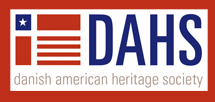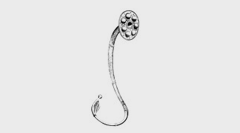Keywords
gender, decision making, Scandinavian literature, gender communication
Abstract
I am not nor do I pretend to be an expert on gendered communication or feminist criticism. I have, however, used Carol Gilligan's In A Different Voice and Deborah Tannen's You Just Don't Understand in classes with good results.1 While students differ in their responses, these works are accessible to many and have inspired good discussion about how gender may affect decision-making and impact the way messages are sent and received. Additionally, I have found writings by Peggy McIntosh, Carol Smith-Rosenberg, and Barbara Welter helpful in exploring and thinking about the writings of American women writers of the pre-Civil War era.2 Barbara Welter's articulation of the attributes of "True Womanhood" for women in the nineteenth century has been particularly useful. She describes these attributes as the virtues of piety, purity, submissiveness and domesticity.3 Understanding how society emphasized these values has been helpful in setting the scene for reading Margaret Fuller's Women in the Nineteenth Century or exploring the characters of both women and men in Harriet Beecher Stowe's novel, Uncle Tom's Cabin.
Recommended Citation
Nielsen, John Mark
(2000)
"Gendered Communication Among Second Generation Danish Americans in the "Blair Church:" A Study in Progress,"
The Bridge: Vol. 23:
No.
1, Article 9.
Available at:
https://scholarsarchive.byu.edu/thebridge/vol23/iss1/9
Included in
European History Commons, European Languages and Societies Commons, Regional Sociology Commons


